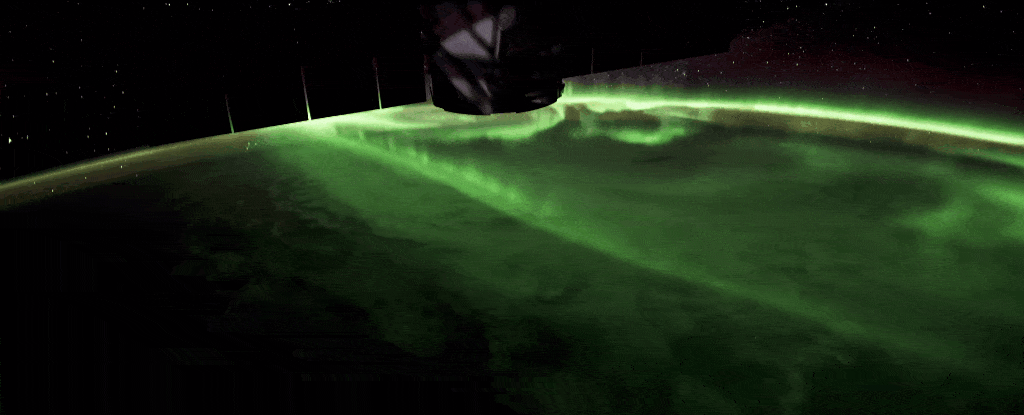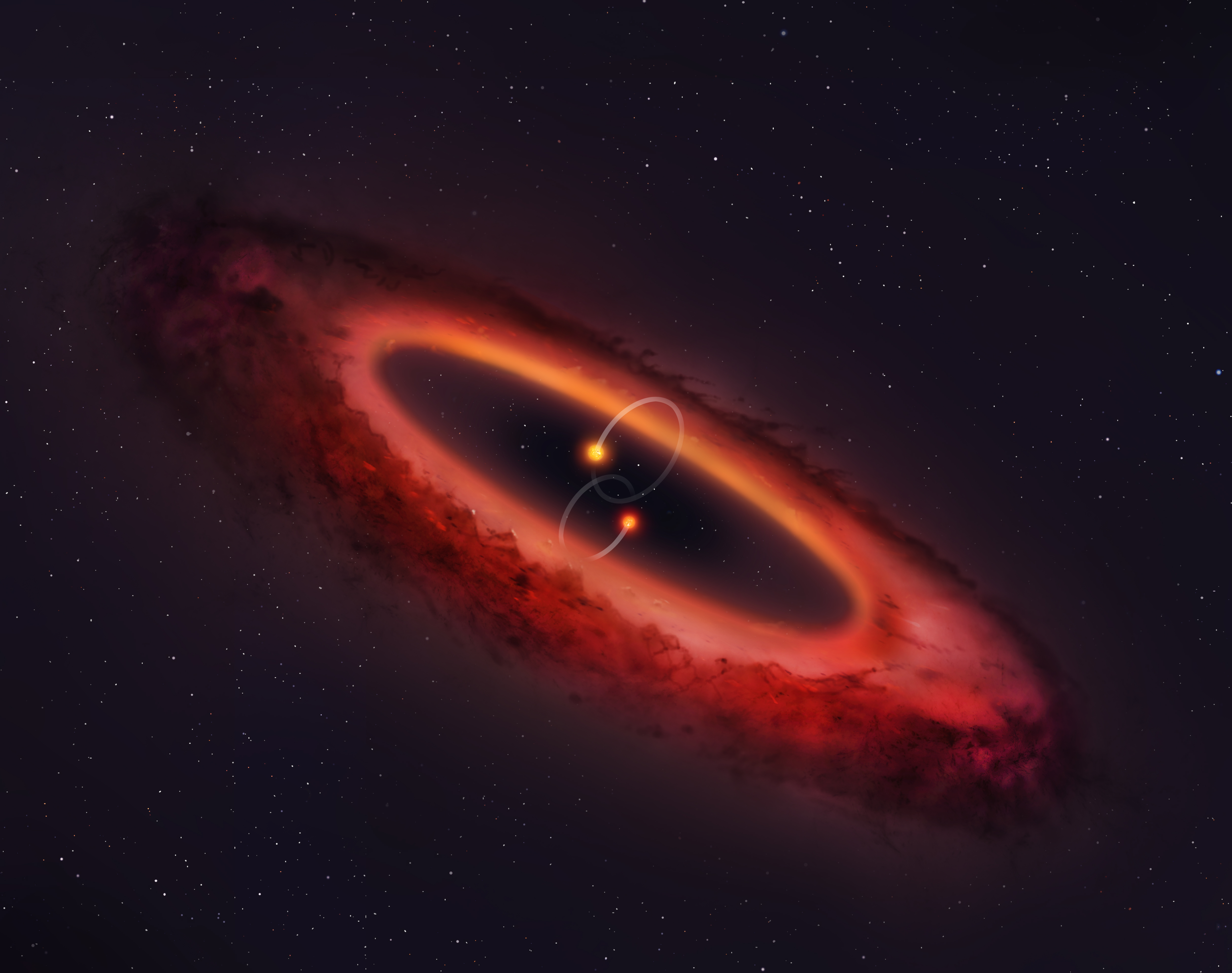The famous supergiant on Orion’s shoulder has rapidly dimmed, stoking excitement that a supernova may be in the offing.

Do you hear that ticking? Doesn’t it sound like a stellar timer is counting down to the inevitable demise of a massive star? While the excitement may be the amplified construct of social media predictions of the death of Betelgeuse, our stellar neighbor really is close to going supernova.
“Close”, however, is relative. It could be as “human close” as blowing up any minute now… to “galactic close” as blowing up in a hundred thousand years, maybe more.
So, what’s all the fuss about? In a nutshell, the brightest star in the famous constellation of Orion is bright no more. In the past few weeks, Betelgeuse has dimmed noticeably, stoking predictions that it could be about to spectacularly erupt at any time, becoming as bright as a full Moon and casting its own shadows at night.
While this may sound ominous, a Betelgeuse supernova poses no threat to life on Earth. It’s located a safe 600 light-years away, so if it did explode, we’d be treated to a historic cosmic firework display and not doomsday. Any energetic particles spewing from the explosion may reach the solar system in 100,000 years, but would have a minimal impact; the heliosphere (our Sun’s extended magnetic “bubble” that encompasses all the planets) would be more than powerful enough to deflect the tenuous gases.

There has always been excitement over Betelgeuse and its explosive potential. It’s a massive star, with a mass 12-times that of our Sun, which has reached the end of its life. But with a lifespan of only eight million years or so, it may sound odd that it’s dying of old age. As a comparison, our Sun—an “average” yellow dwarf star—sounds geriatric in comparison; it’s approximately five billion years old. But the strange physics of stellar evolution dictates that the more massive the star, the shorter its lifespan. Betelgeuse is on borrowed time, whereas our Sun is only middle-aged. In other words, Betelgeuse has lived fast and it will die young.
As a star that’s about to die, Betelgeuse is experiencing the final throes of violent processes that signify the conclusion of stellar evolution—a phase that sees a massive star puff up into a red supergiant. In the case of Betelgeuse, while it is 12-times more massive than our Sun, it has expanded into a grotesque, bubbling mess of superheated plasma, puffed up to nearly 1,000-times wider than our Sun. If Betelgeuse were transplanted into the middle of our solar system, it would swallow all the planets out to Saturn. Yes, even Jupiter would be ingested.

After guzzling all of its hydrogen fuel long ago, it’s now fusing heavier elements inside its tortured interior to the point where iron is being created. For any massive star, the fusion of iron is the death knell; energy is being absorbed, and soon, its immense gravity will cause the whole mess to collapse, generating an almighty shockwave that will, ultimately, rip Betelgeuse apart as a supernova.
As reported by astronomers before Christmas, the observed dimming could be interpreted as a precursor to the anticipated supernova, and for good reason. But Betelgeuse is known to regularly vary in brightness, so astronomers suspect that, while this is an unprecedented dimming event, the famous star will soon return to its “regular” brightness once more, reclaiming its rank as ninth brightest star in the sky.
In short, don’t place any serious money on Betelgeuse exploding soon. While there is a tiny chance that it might have already exploded, the light from the supernova currently galloping across the 600 light-year interstellar divide between us and Betelgeuse, it’s way more likely that it’s just Betelgeuse being Betelgeuse and keeping variable star astronomers on their toes.
That’s not to say the dimming event isn’t exciting, on the contrary. Seeing a prominent star in the night sky fade with your own eyes is something to behold, so when you get clear skies, look for Orion and ponder The Hunter’s missing shoulder.






















